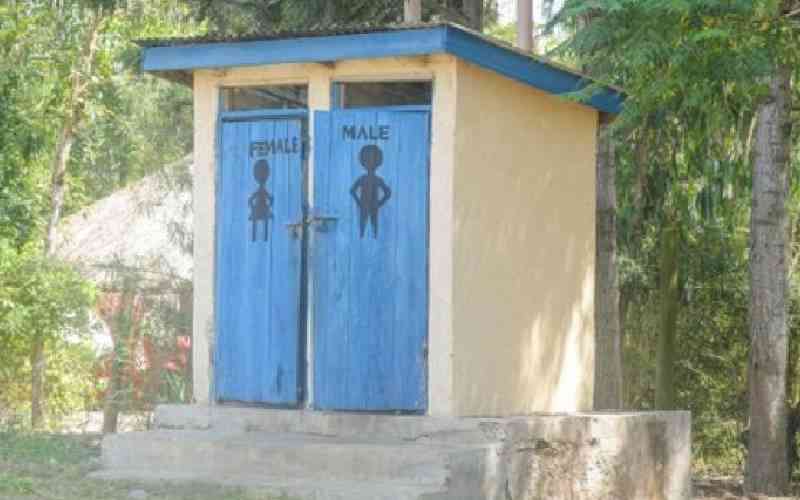×
The Standard e-Paper
Stay Informed, Even Offline

Six years to 2030, the deadline for the delivery of the United Nations' Sustainable Development Goals (SDG), Kenya, like many other countries, is still off track on SDG 6 on water and sanitation. The sanitation component in particular lags behind, with priority being put more on water.
An estimated 70 per cent lack access sanitation, with almost five million people practicing open defecation. Garissa County leads in cases of open defecation at 64.6 per cent, while in Murang'a County, the cases are at 0.2 per cent.